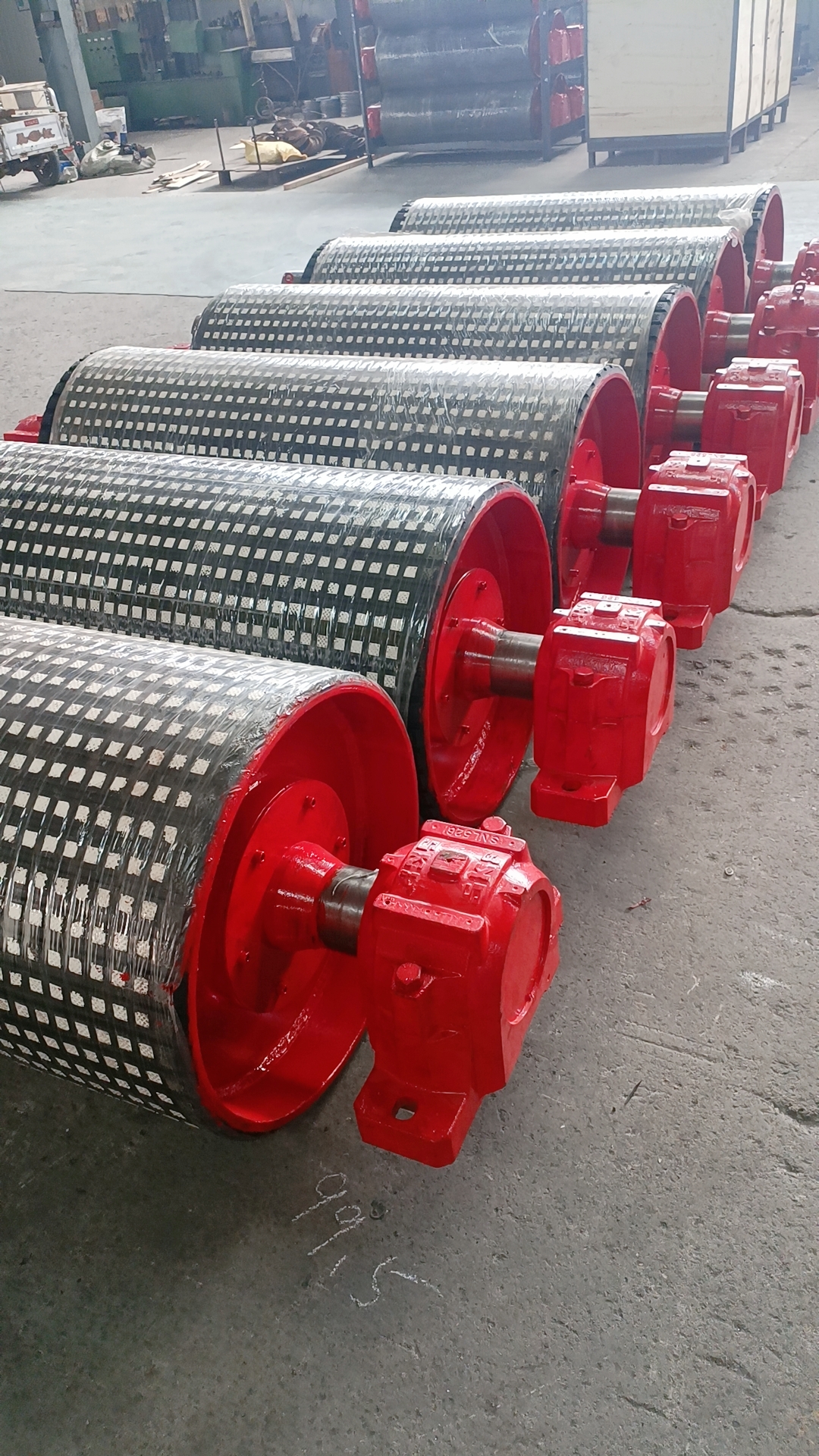 Afrikaans
Afrikaans  Albanian
Albanian  Amharic
Amharic  Arabic
Arabic  Armenian
Armenian  Azerbaijani
Azerbaijani  Basque
Basque  Belarusian
Belarusian  Bengali
Bengali  Bosnian
Bosnian  Bulgarian
Bulgarian  Catalan
Catalan  Cebuano
Cebuano  Corsican
Corsican  Croatian
Croatian  Czech
Czech  Danish
Danish  Dutch
Dutch  English
English  Esperanto
Esperanto  Estonian
Estonian  Finnish
Finnish  French
French  Frisian
Frisian  Galician
Galician  Georgian
Georgian  German
German  Greek
Greek  Gujarati
Gujarati  Haitian Creole
Haitian Creole  hausa
hausa  hawaiian
hawaiian  Hebrew
Hebrew  Hindi
Hindi  Miao
Miao  Hungarian
Hungarian  Icelandic
Icelandic  igbo
igbo  Indonesian
Indonesian  irish
irish  Italian
Italian  Japanese
Japanese  Javanese
Javanese  Kannada
Kannada  kazakh
kazakh  Khmer
Khmer  Rwandese
Rwandese  Korean
Korean  Kurdish
Kurdish  Kyrgyz
Kyrgyz  Lao
Lao  Latin
Latin  Latvian
Latvian  Lithuanian
Lithuanian  Luxembourgish
Luxembourgish  Macedonian
Macedonian  Malgashi
Malgashi  Malay
Malay  Malayalam
Malayalam  Maltese
Maltese  Maori
Maori  Marathi
Marathi  Mongolian
Mongolian  Myanmar
Myanmar  Nepali
Nepali  Norwegian
Norwegian  Norwegian
Norwegian  Occitan
Occitan  Pashto
Pashto  Persian
Persian  Polish
Polish  Portuguese
Portuguese  Punjabi
Punjabi  Romanian
Romanian  Russian
Russian  Samoan
Samoan  Scottish Gaelic
Scottish Gaelic  Serbian
Serbian  Sesotho
Sesotho  Shona
Shona  Sindhi
Sindhi  Sinhala
Sinhala  Slovak
Slovak  Slovenian
Slovenian  Somali
Somali  Spanish
Spanish  Sundanese
Sundanese  Swahili
Swahili  Swedish
Swedish  Tagalog
Tagalog  Tajik
Tajik  Tamil
Tamil  Tatar
Tatar  Telugu
Telugu  Thai
Thai  Turkish
Turkish  Turkmen
Turkmen  Ukrainian
Ukrainian  Urdu
Urdu  Uighur
Uighur  Uzbek
Uzbek  Vietnamese
Vietnamese  Welsh
Welsh  Bantu
Bantu  Yiddish
Yiddish  Yoruba
Yoruba  Zulu
Zulu drum lagging
The Concept of Drum Lagging in Industrial Applications
In the world of industrial operations, efficiency and safety are paramount. One of the critical aspects that contribute to these factors is the effective management of equipment and machinery. Among these, the concept of drum lagging plays an essential role in enhancing performance and extending the life of rotating equipment, particularly in the mining and materials handling sectors.
Understanding Drum Lagging
Drum lagging refers to the application of a protective layer or material on the surface of drums and pulleys that are integral to conveyor belt systems. These drums, often referred to as drive or tail drums, play a pivotal role in the functionality of conveyor belts by transmitting power and maintaining traction. Over time, wear and tear, along with environmental contaminants, can lead to slippage and inefficient operation. This is where lagging comes into play.
The lagging material is typically made from rubber or other high-friction materials that are designed to increase grip and reduce slippage. When installed on drums, lagging not only enhances the traction of the conveyor system but also protects the drum from damage due to abrasion and impact. This is crucial in environments where heavy loads and harsh conditions are the norm, such as mines and construction sites.
Benefits of Drum Lagging
1. Enhanced Traction The primary benefit of drum lagging is improved friction, which translates to better traction for the conveyor belt. This is vital for maintaining consistent movement of materials and preventing costly downtimes caused by slippage.
drum lagging

2. Reduced Wear and Tear By providing a protective barrier, lagging minimizes the direct impact of materials on the drum surface. This reduction in mechanical wear extends the overall lifespan of the equipment, leading to lower replacement and maintenance costs.
3. Improved Safety Slipping conveyor belts can lead to serious safety hazards, including accidents and injuries. By increasing traction and reducing the likelihood of slippage, drum lagging contributes to a safer working environment for operators and maintenance personnel.
4. Cost Efficiency While there is an initial investment in the application of lagging materials, the long-term savings gained from reduced maintenance costs, fewer operational disruptions, and extended equipment life make it a cost-effective solution for many operations.
5. Versatile Material Options Depending on specific operational needs, various types of lagging materials are available, including smooth, rubberized, and textured options. Each type has its unique advantages tailored to different environments, such as high-temperature settings or those with chemically aggressive materials.
Conclusion
In summary, drum lagging is a crucial aspect of industrial operations that optimizes the performance of conveyor systems. By improving traction, reducing wear and tear, and enhancing safety, lagging plays a significant role in ensuring that material handling processes are efficient and reliable. As industries continue to evolve and push for greater efficiency, the significance of such innovations only stands to grow. Implementing effective drum lagging solutions can not only enhance productivity but also foster a safer working environment—making it a wise investment for any operation relying on conveyor systems.
Embracing advanced techniques like drum lagging is essential for meeting the challenges of modern industrial requirements, ultimately paving the way for enhanced operational success and sustainability.
-
Trusted Conveyor Solutions from Leading Conveyor Idler Roller ManufacturersNewsJun.27,2025
-
Reliable Return Idler Solutions for Efficient Belt Conveyor SystemsNewsJun.27,2025
-
Precision Conveyor Accessories for Streamlined Material HandlingNewsJun.27,2025
-
High-Quality Belt Conveyor Idler Solutions for Efficient Material HandlingNewsJun.27,2025
-
High-Performance Belt Conveyor Pulleys for Reliable Material HandlingNewsJun.27,2025
-
Enhancing Material Handling EfficiencyNewsJun.27,2025





























